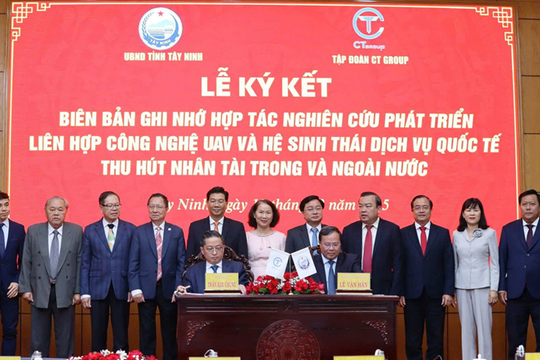The Importance of Sustainable Development
Sustainable development is not merely a trend but an essential requirement in the context of climate change and the global rise of eco-conscious consumerism. As the world’s second-largest footwear exporter, Vietnam must rapidly adapt to maintain its competitive advantage. Businesses face not only external pressures from export markets but also internal challenges related to resources, technology, and production processes.
“The green transition is the only path for Vietnam’s footwear industry to enhance its value and deeply integrate into the global supply chain. Although development strategies and restructuring plans are in place, implementation remains challenging. Enterprises must invest in raw materials, automation, digital transformation, and maximize opportunities from free trade agreements. At the same time, they must proactively adapt to increasingly stringent technical barriers from import markets to maintain and expand their international presence.”
Mr. Nguyen Hong Dien, Minister of Industry and Trade
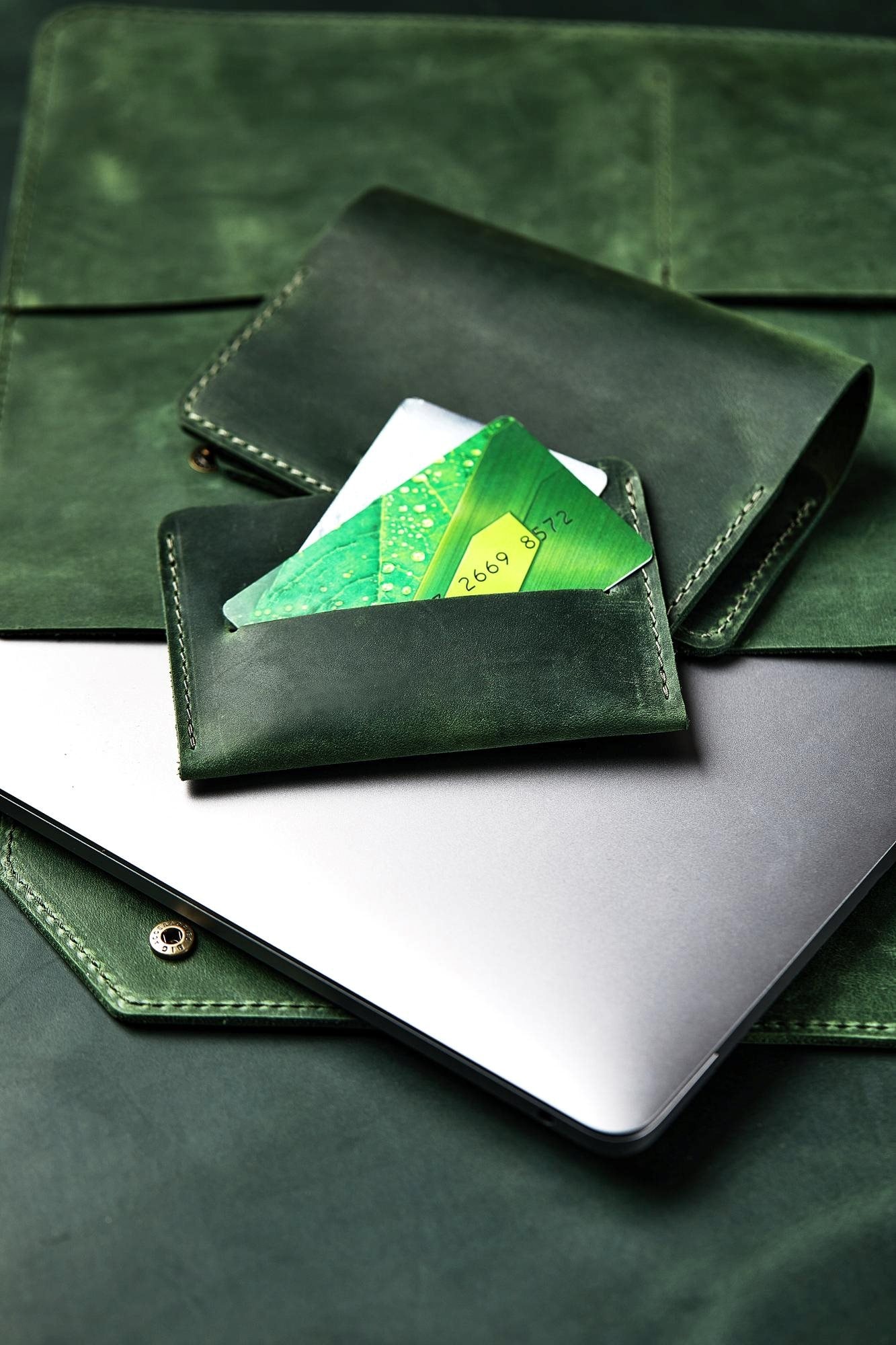
To achieve sustainability, the footwear sector must prioritize environmentally friendly materials, adopt cleaner production technologies, improve labor conditions, and build transparent supply chains. While major enterprises have embarked on the transition, many small and medium-sized enterprises (SMEs) still struggle to find the right approach. Strong governmental policies and industry-wide collaboration are essential to accelerate this process.
Green Requirements from the EU and US (CBAM, ESG, etc.)
The EU and US are tightening environmental regulations, forcing exporting businesses to adapt to maintain market access. One of the biggest challenges is the EU’s Carbon Border Adjustment Mechanism (CBAM), which is expected to have a profound impact on global supply chains. Under CBAM, importers must report the carbon emissions of their products and purchase equivalent carbon certificates. While footwear is not yet included, the likelihood of its inclusion in the near future is high.

Beyond CBAM, Environmental, Social, and Governance (ESG) standards have become crucial for businesses seeking partnerships with international brands. Leading companies like Nike, Adidas, and Puma have committed to net-zero emissions by 2050, prioritizing suppliers with sustainable production models. Requirements for material traceability, reduced chemical usage, and fair labor practices are also becoming increasingly stringent.
Additionally, the US is enforcing stricter regulations on clean supply chains and sustainable labor practices. The Uyghur Forced Labor Prevention Act (UFLPA) prohibits imports linked to forced labor, prompting many footwear companies to reevaluate their entire supply chains. These factors pose significant challenges for Vietnamese businesses but also present opportunities for those who proactively transition to green production.
“Vietnam’s footwear industry has no choice but to transition to green production if it wants to maintain its position and expand in the global market. This is not just a requirement from major partners like the EU and US, but an inevitable trend for sustainable development. Vietnamese businesses must shift their mindset, invest in clean technology, adopt eco-friendly materials, and build transparent supply chains. Green production not only helps us meet international standards but also enhances brand value and creates long-term competitive advantages. However, for this transition to succeed, strong support from the government, financial institutions, and industry-wide collaboration is essential. Green transformation is not a cost but an investment in the future of Vietnam’s footwear industry.”
— Mr. Nguyen Duc Thuan , Chairman of the Vietnam Leather, Footwear and Handbag Association (LEFASO)
Solutions for Businesses
To meet green requirements from export markets, Vietnamese footwear enterprises must implement a comprehensive transition strategy, including technological innovation, supply chain optimization, and sustainable production models. Investing in clean production technology is a critical first step. Businesses can adopt advanced wastewater treatment systems, shift to renewable energy, and use recycled materials to reduce environmental impact.
Improving supply chain management is also essential for meeting traceability requirements. Companies should collaborate with eco-friendly material suppliers and reduce dependence on non-transparent sources. Implementing blockchain technology and digital tools in supply chain management can enhance transparency and compliance with export market regulations.

Conclusion
Green transition is no longer optional but an inevitable path for Vietnam’s footwear industry. Stricter standards from the EU and US place immense pressure on businesses to adapt, yet they also present significant opportunities for industry pioneers. Those who embrace sustainability will not only safeguard their export markets but also strengthen their global market position.
However, for the transition to be successful, collaboration among businesses, industry associations, and the government is crucial. Financial support, technology access, and workforce training policies will be key to helping SMEs overcome investment barriers. Stronger cooperation across the supply chain will accelerate green transformation, laying a solid foundation for the long-term sustainability of Vietnam’s footwear industry.


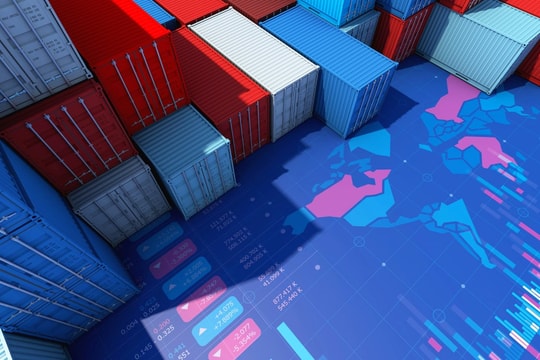
.jpg)
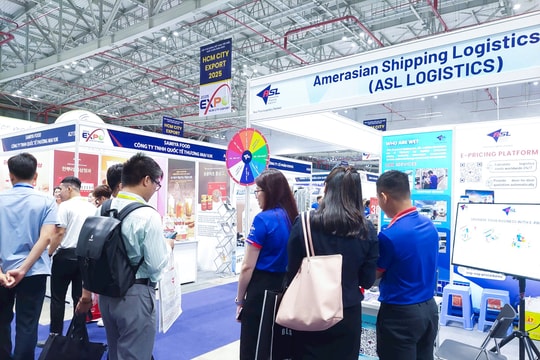
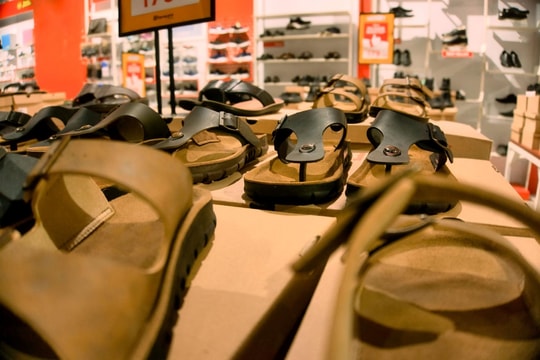
.jpg)
.jpg)
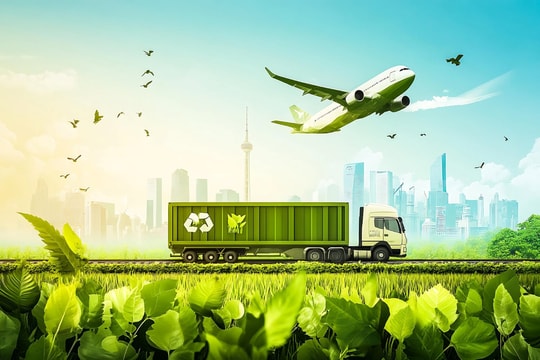
.png)

.png)
.png)



.png)

